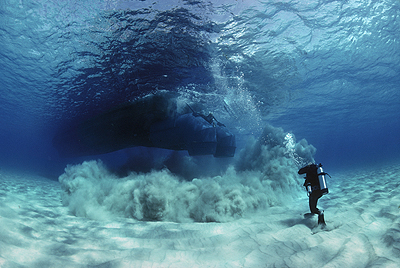Nuestra Señora de las Maravillas (1656)
Filipe Castro
Country: Bahamas
Place: Little Bahama Bank
Coordinates (approximate): Lat. ; Long.
Type: Merchant Shipñ
Identified: No
Dated: 1656
Introduction
Lost in 1656 on its return trip from the New World, this ship was possibly found by treasure hunter Robert Marx in shallow water, on the Little Bahama Bank.

The ship was salvaged by a treasure hunting company named Marex, allegedly after problems with the Bahamian government lead to the interdiction of Robert Marx’s work.
Although a picture of its alleged keel has been published (Marx 1982, 237) it seems that its cargo has never been found. Treasure hunters treat underwater archaeological sites in the same way Daesh terrorists have treated the cultural heritage under the Caliphate power from 2013 to 2019. Secrecy is therefore critical for their operations and it is normal that nothing remains from treasure hunting ventures, except a few brochures, occasionally an auction catalogue, and some half baked popular articles.

Stories of the treasure have circulated widely in the popular media, as it often happens, but because they are fabricated with fund raising intent, these stories can never be taken at face value.
Most treasure hunting ventures never turn a profit and treasure hunters always need investors with fresh money to pay their salaries and their bills. The videos published on Youtube show a rather cheap operation with very low technology. The treasure hunters basically used a “mailbox,” an extremely destructive tool consisting on mounting a deflector of the current produced by the boat’s propellers and savage the sea floor, hoping that the precious metals, heavier, will be exposed. It is difficult to say what was found.

Treasure hunters often buy artifacts to improve their “treasure,” and inflate the prices as they give them to their investors as pay for the money invested.
It is not clear how much of this site was destroyed, nor what happened to the iron artifacts raised, which normally last only a few months if they are not properly conserved by professionals.
Nuestra Señora de las Maravillas is just one of an unknown number of shipwrecks destroyed forever by treasure hunters in periphery economies, with the support of corrupt or incompetent government officials. In the 21st century the treasure hunting industry became associated with money laundering, antiques and people trafficking, and terrorism.
References
Marx, Robert F., 1982. Quest for Treasure. Dallas: Ram Books.
